Next weekend, the Los Angeles Museum of the Holocaust publicly opens the plate-glass doors of its brand-new home at the northwest corner of Pan Pacific Park for the first time. Observant visitors might be drawn to the building’s grass-covered roof, or the retro-futuristic shape of the windows, or the repeated use of triangles in a design that seems to nod to the six three-sided black pillars of the Los Angeles Holocaust Monument that sit just outside the museum.
Indeed, L.A.-based architect Hagy Belzberg’s design for the new museum does not look like many other buildings in Los Angeles. Belzberg’s design performs an admirable artistic and political feat: It has nestled a small museum inside a popular and much-utilized public park without raising many hackles among neighborhood residents. And the result is a handsome new home for the collections, with an unbeatable address.
Belzberg’s building doesn’t look much like other Holocaust museums, either. Over the past 20 years, cities around the world have erected structures that attempt to preserve and disseminate Holocaust memory through designs by some of the world’s most prominent architects. Each of these Holocaust museums and memorials bears the unique imprint of its architect, while responding to all the usual architectural challenges — relating to the site, budget and local politics, among others. And Belzberg’s museum is no exception. To best understand the new museum, though, it helps to be familiar with a few of its most influential predecessors.
This country’s largest and best-known Holocaust museum, the United States Holocaust Memorial Museum in Washington, D.C., was designed by James Ingo Freed and opened in 1993. Its interior court of exposed red brick and unadorned steel beams recalls the materials Freed saw on a research trip to Auschwitz in 1986. Freed and the museum’s exhibition designers also took care to highlight evocative touchstones that make up the core of most such collections — the names and photographs of Holocaust victims — in distinctly architectural ways. Walls of glass bridges suspended above the large entrance hall are etched with the first names of victims, and, in one of the permanent exhibition’s most affecting exhibits, a three-story tower is covered with 1,032 photographs of people from Eishishok, a single shtetl in Lithuania whose Jewish residents were killed in 1941, over the course of just two days.
The use of thousands of specific individual names is a design strategy that both humanizes the unimaginable (he was Tadeusz; my brother’s name is Ted) and hints at the inconceivable scope of the tragedy (these pictures seem to go on forever). It is a strategy that can be found in other museums as well, including in Yad Vashem’s Hall of Names. Whether by a brick, a steel girder or a photograph, Freed and his collaborators succeeded in establishing, using these materials, a mournful and richly referential atmosphere.
Yet, while Freed used conventional materials in largely conventional ways, Daniel Libeskind’s addition to the Jewish Museum Berlin, completed in 1999, seemed so unlike a typical museum that it opened to the public for two years without any of the exhibits installed inside its galleries.
Libeskind’s extension — which does not have its own door, and which dwarfs the neoclassical building that it purports to extend — can be reached only by descending underground. Walls and ceilings don’t appear to be straight, and visitors instinctively walk slowly through the spaces, nearly silent, appearing like corpses under eerie artificial light. A few items dot the walls, but they feel secondary to the three subterranean hallways in which they are installed.
Libeskind named these hallways “The Axis of Continuity,” “The Axis of Emigration” and “The Axis of the Holocaust,” and each leads to a different symbolic destination. At the end of “The Axis of the Holocaust,” a grim four-story shaft of unadorned concrete signifies the dead end of genocide; an unwelcoming garden of tall, narrow pillars topped with oak trees is meant to evoke the nearly unattainable (but still promising) opportunity at the end of “Emigration”; and the “Continuity” axis ends in a stairway that leads back above ground, into the rest of Libeskind’s building.
Even above ground, Libeskind’s building occasionally and purposefully disorients visitors. Voids perforate the building at seemingly random points, reminders of what isn’t there. For everything present, the building seems to say, the history of Jews in Berlin and in Germany is one of gaping absences that cannot be ignored.
Architects at their best aim to shape visitors’ experiences of a place, and Holocaust museums often take this goal to an extremely specific level, often choreographing the visitor’s every move. The Berlin museum tells visitors exactly what each space symbolizes. Within moments of entering the Washington, D.C., museum, visitors are crowded into elevators that spit them out into a somber gallery, where they are immediately faced with a mural-size photo of American troops in a liberated concentration camp looking at the charred bodies of the Nazis’ victims.

An underground axis in Libeskind’s Jewish Museum Berlin.Photo (c) BitterBredt
Architect Peter Eisenman’s Memorial to the Murdered Jews of Europe, also in Berlin, avoids such forceful guidance, instead leading visitors through an otherworldly environment with a much lighter touch. The memorial is made up of 2,711 rectangular concrete blocks — repetition again — somewhat reminiscent of gravestones. The shorter blocks at the edges of the configuration are often used as benches by tourists and by toddlers as balance beams. But as visitors penetrate deeper into the field, the ground descends, and the blocks become taller, muffling the sound of the streets beyond, darkening the mood, offering an unsettling kind of hiding place.
The memorial occupies five and a half acres at the center of the city of Berlin, making it (like Yad Vashem, like the Washington museum) a space of appropriate vastness. But with some of the concrete blocks descending to the point where their tops are flush with the sidewalk, this memorial is decidedly anti-monumental.
It is tempting to suggest that new home of the Los Angeles Museum of the Holocaust is a similarly anti-monumental, almost self-effacing building. But it is not. Approaching the museum from The Grove Drive to the west, Belzberg’s low-slung, green-roofed building appears to have no visible façade at all. To enter the building, one must travel down a ramp that divides the building’s two main gallery spaces.
As poignant as this descent may seem, the architect and others involved with the project freely admit that the initial decision to sink the museum’s new home into the ground was shaped in no small part by the political challenge of building in a public park. And when viewed from the sunken flood control basin inside the park, Belzberg’s building looks far more imposing than its 26-foot height would suggest.
Ultimately, it will be the content of the permanent and changing exhibitions and the docents’ ability — not the green roof or the smooth three-sided concrete beams that surround the trapezoidal frosted-glass windows — that will determine the museum’s success in its mission to tell the story of the Holocaust.
But whether or not visitors notice the way this building can help define their experience, they will very likely be unconsciously affected by subtle changes in space and light orchestrated within the museum’s interior. Following the trajectory of the history it recounts, galleries become progressively darker, and the ceiling slopes downward as the situation for Europe’s Jews worsens. The gallery that tells about the concentration camps is the museum’s darkest, most claustrophobic space. But when visitors turn the next corner, that spatial procession is reversed: The spaces grow lighter and airier as the liberators arrive, as Jews emigrate and begin new lives again.
These subtle architectural orchestrations deepen our understanding of the museum’s subject in immeasurable ways. It remains to be seen how well Belzberg’s contribution to the Holocaust museum canon will stand amid the cast of buildings by premier architects who are preserving for future generations one of the most difficult memories of modern time.






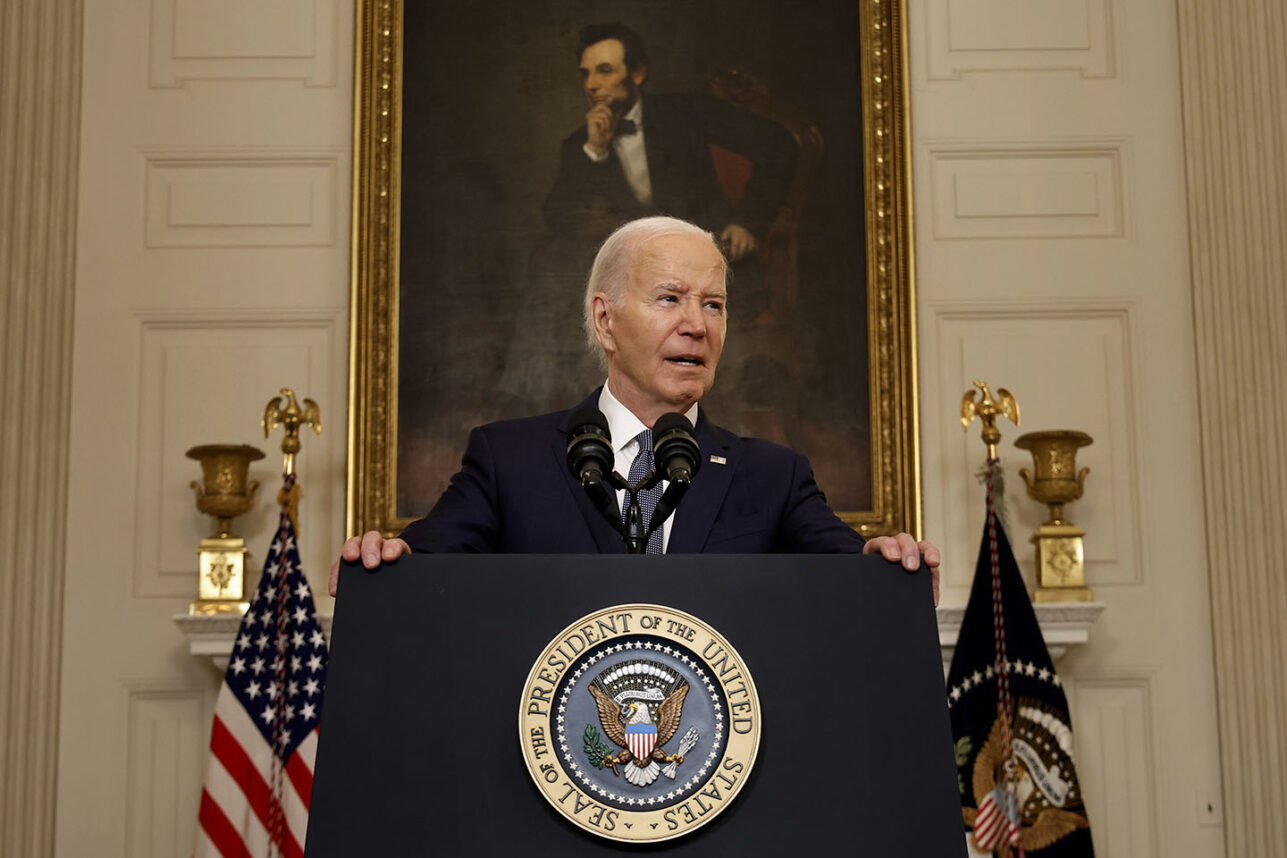

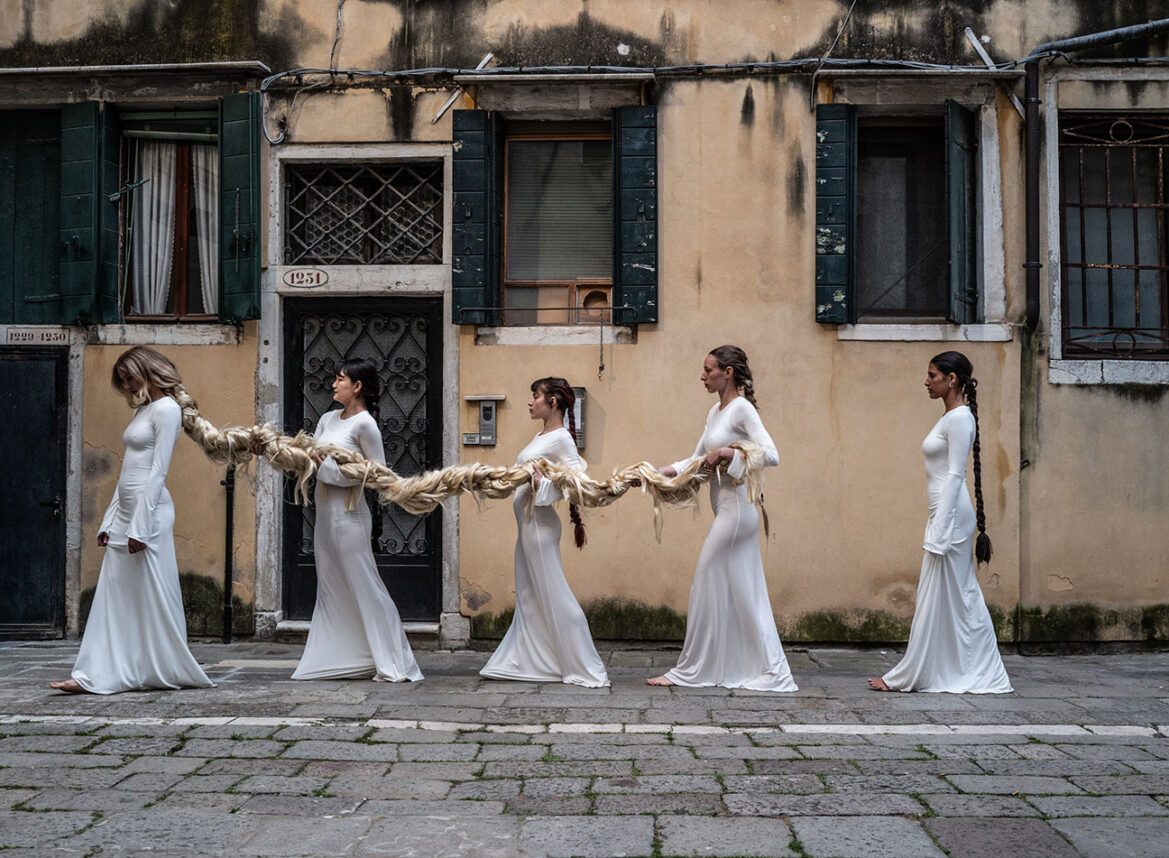

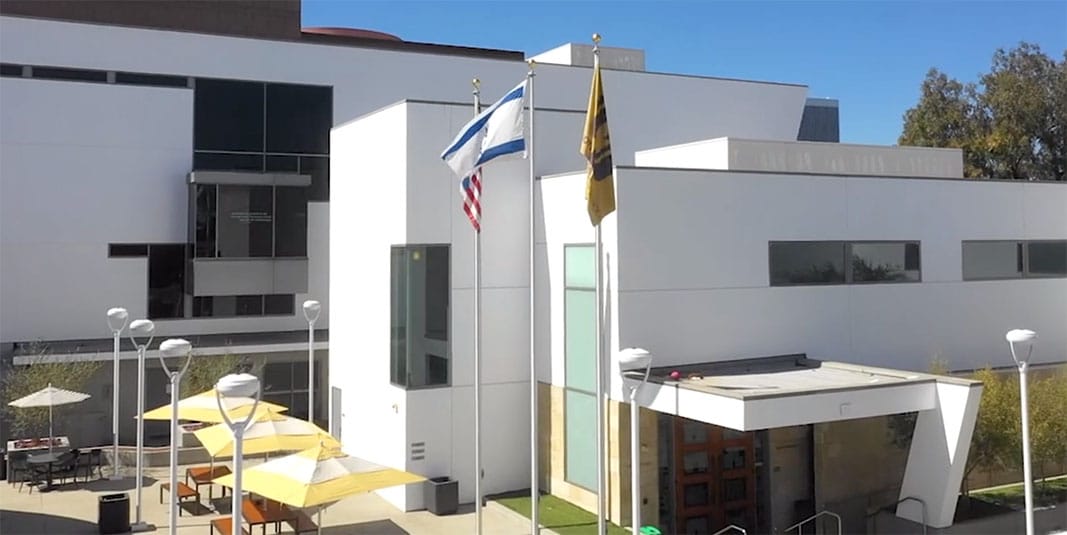



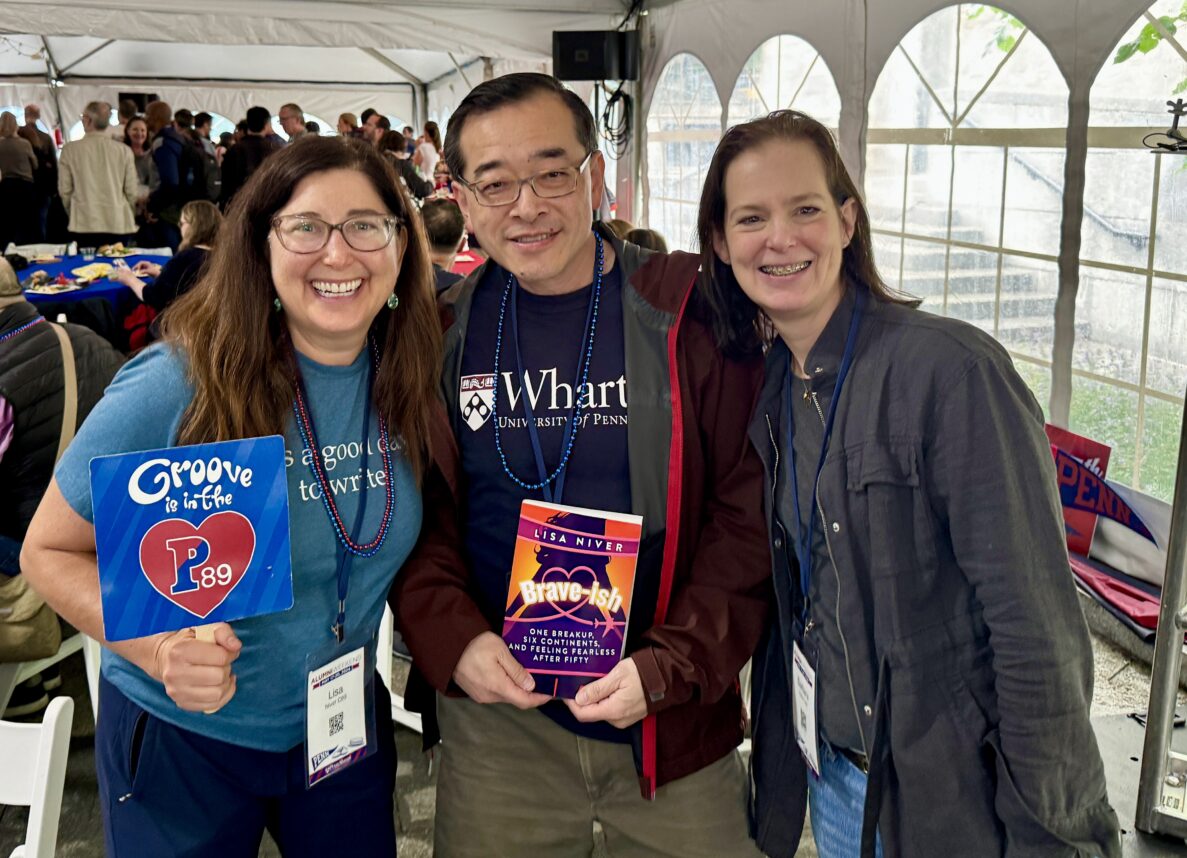
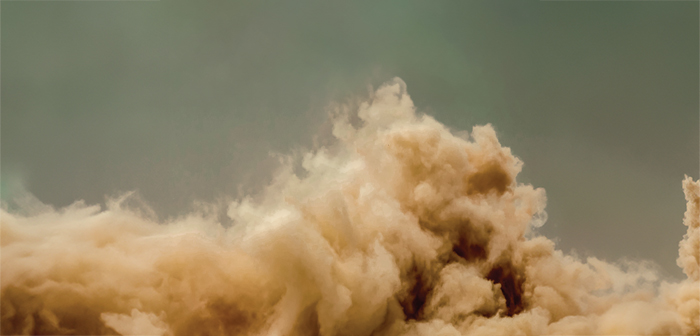





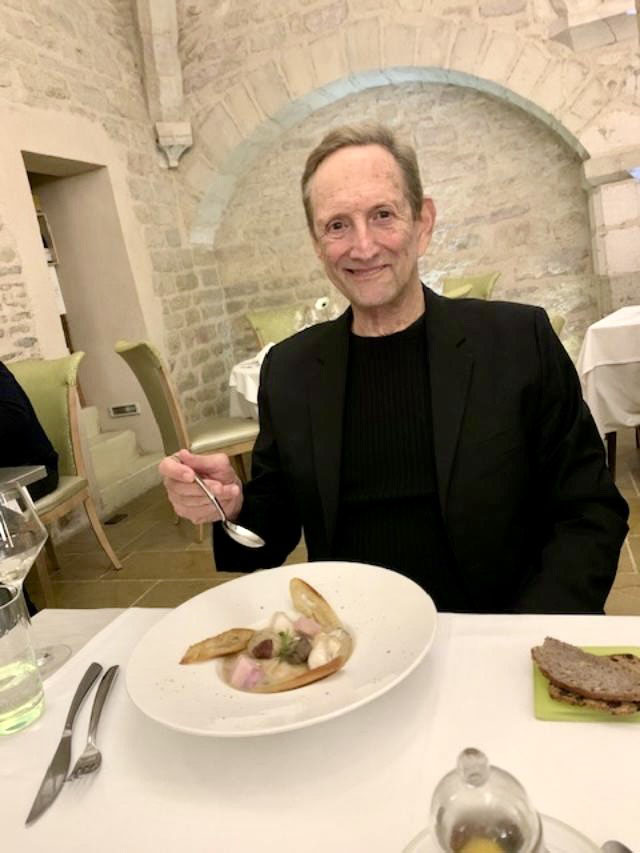
 More news and opinions than at a Shabbat dinner, right in your inbox.
More news and opinions than at a Shabbat dinner, right in your inbox.